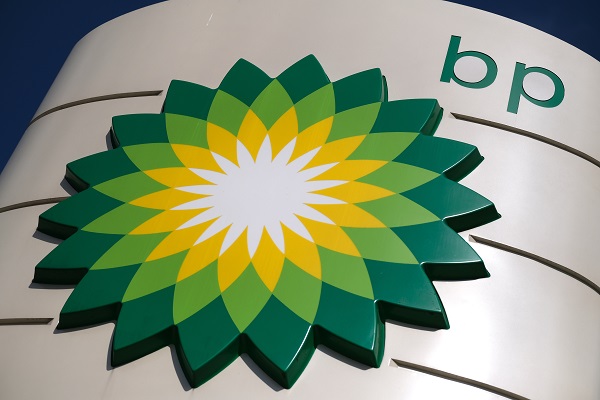How BP made even more profit than expected in Q3
1st November 2022 08:32
by Richard Hunter from interactive investor
Calls for a further windfall tax on energy company profits are inevitable after these bumper results from BP and surge in the share price toward a three-year high. Our head of markets explains what just happened.

Given the strength of recent results from its peers on both sides of the pond, it is of little surprise that BP (LSE:BP.) has also joined the party while keeping a firm eye on the future.
While underlying replacement cost profit slipped to $8.15 billion in the three months to 30 September, down from the bumper previous quarter of $8.5 billion, the figure is well in excess of the expected $6.1 billion and significantly higher than the corresponding period a year previous of $3.3 billion.
Weaker refining margins and lower liquid realisations weighed on the third-quarter results, although improvements in gas marketing and realisations partially offset the weakness.
- Find out about: Trading Account | Share prices today | Top UK shares
From a broad perspective, however, the company is in increasingly strong shape, enabling it to pursue its longer-term ambitions of becoming an integrated energy company. Surplus cash flow for the quarter was $3.5 billion, and net debt was reduced for the tenth consecutive quarter. Net debt now stands at $22 billion, as compared to $23 billion the previous quarter and $32 billion a year ago.
This is despite additional capital expenditure of $3.2 billion in the quarter, which BP expects to hit $15.5 billion by the end of the year. Among its projects are those with an eye to the long-term switch to alternative sources of energy, such as hydrogen, renewables generally and even electric vehicle charging stations, where the group has announced plans for a tie-up with North American company Hertz.
In addition, BP has declared a further share buyback programme of $2.5 billion, bringing the cumulative figure for the year to $8.5 billion. The amount is comfortably within BP’s own guidelines and accompanies the increased dividend payment, where a projected yield of 4.4% is an additional bonus to shareholders who are currently riding the wave.
Of course, the oil price has been a major factor in enabling this largesse. Despite a recent dip relating to demand concerns in the event of a global recession, the OPEC+ production cut decision has worked in its favour, and the price of oil remains up by 21% in the year to date. The current level of Brent crude at around $94 per barrel compares to what BP describes as its “cash balance point” of $40.
The demand/supply imbalance also continues in energy prices generally following the Russian invasion of Ukraine, while the longer-term requirement for fossil fuels remains intact, even though the oil majors are investing substantially to drive the use of renewable energy forward.
What is likely to be a multi-decade transition is still in its relatively early stages, with the viability and reliability of many renewables as yet unproven. In the meantime, the requirement for traditional fossil fuels remains entrenched, with BP and its peers looking to manage the transformation to the new world carefully, and helped by the tailwind of higher energy prices.
- Chart of the week: this major crash could be chance to buy cheaply
- Will November mark beginning of a new bull run?
- Insider: heavy buying boosts this £1bn AIM stock
The oil majors remain core components of many standard portfolios, given their extraordinary cash generation and high levels of shareholder returns when circumstances allow. For BP, an increase in the share price over the last year of 37% compares to a dip of almost 3% for the wider FTSE100, providing a double whammy of heightened capital and income returns.
As BP’s strategy continues to evolve amid such huge cash generation, prospects remain bright, with the market consensus of the shares as a buy highly likely to remain intact.
These articles are provided for information purposes only. Occasionally, an opinion about whether to buy or sell a specific investment may be provided by third parties. The content is not intended to be a personal recommendation to buy or sell any financial instrument or product, or to adopt any investment strategy as it is not provided based on an assessment of your investing knowledge and experience, your financial situation or your investment objectives. The value of your investments, and the income derived from them, may go down as well as up. You may not get back all the money that you invest. The investments referred to in this article may not be suitable for all investors, and if in doubt, an investor should seek advice from a qualified investment adviser.
Full performance can be found on the company or index summary page on the interactive investor website. Simply click on the company's or index name highlighted in the article.